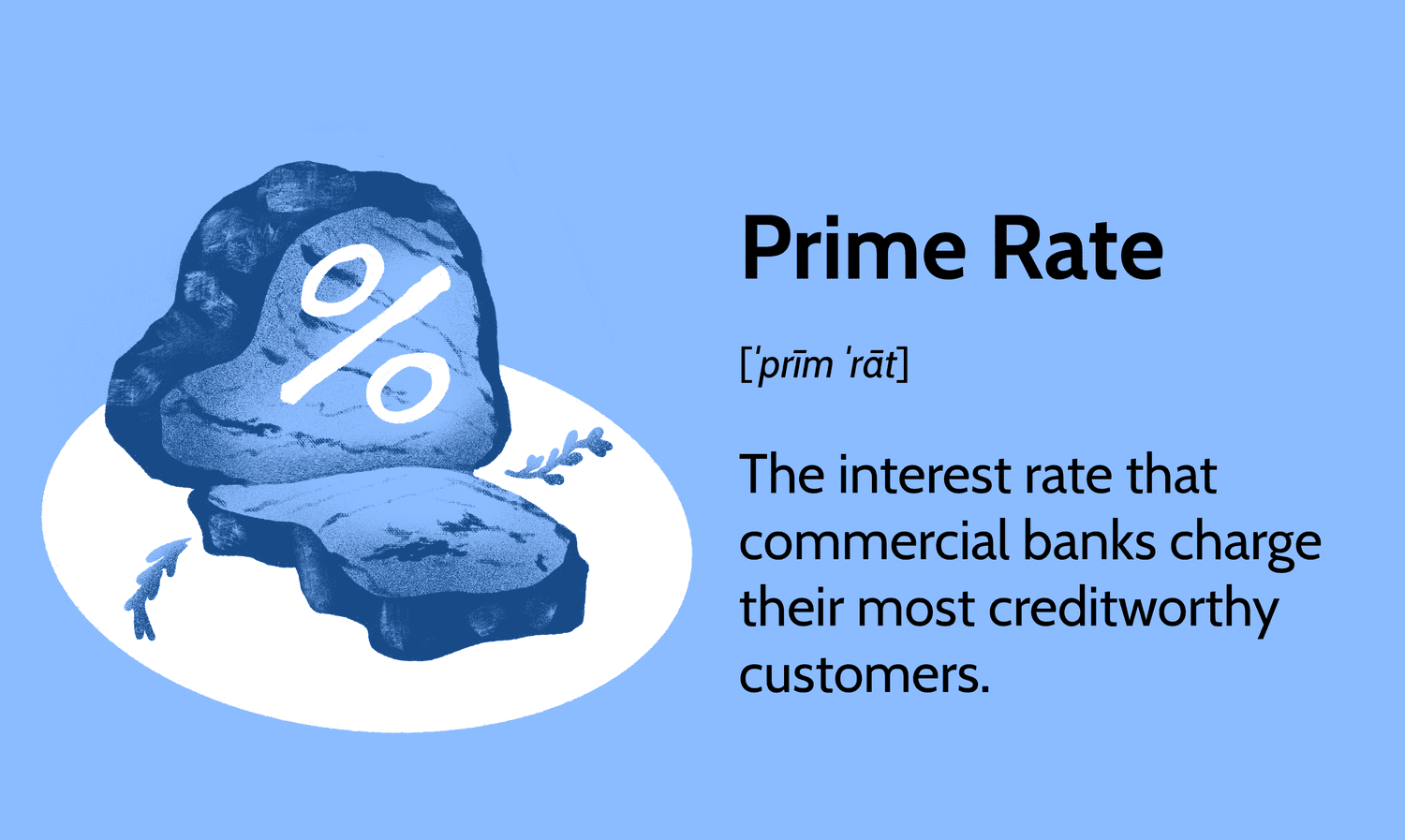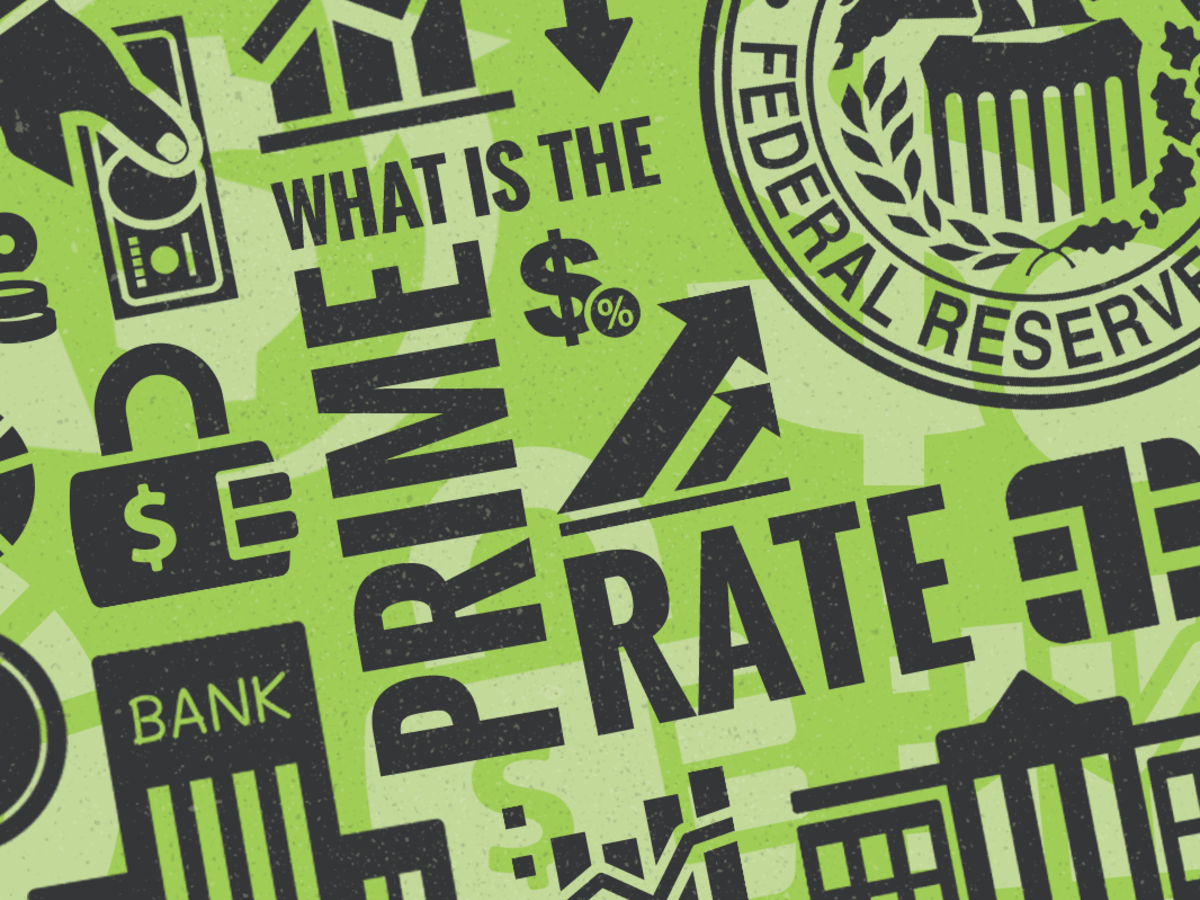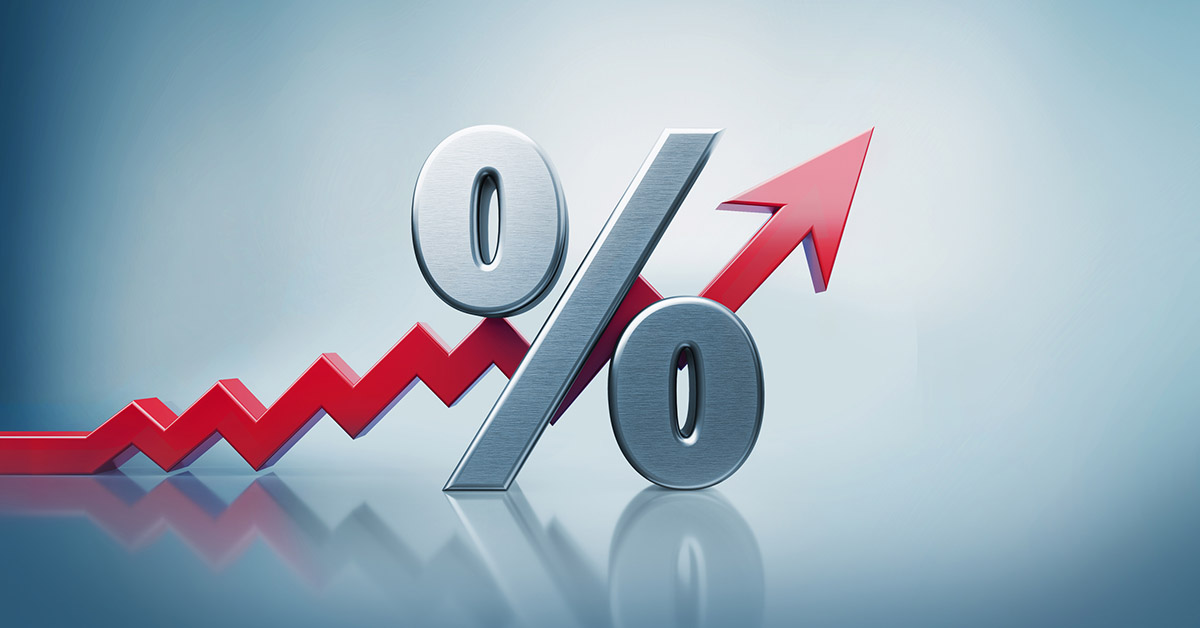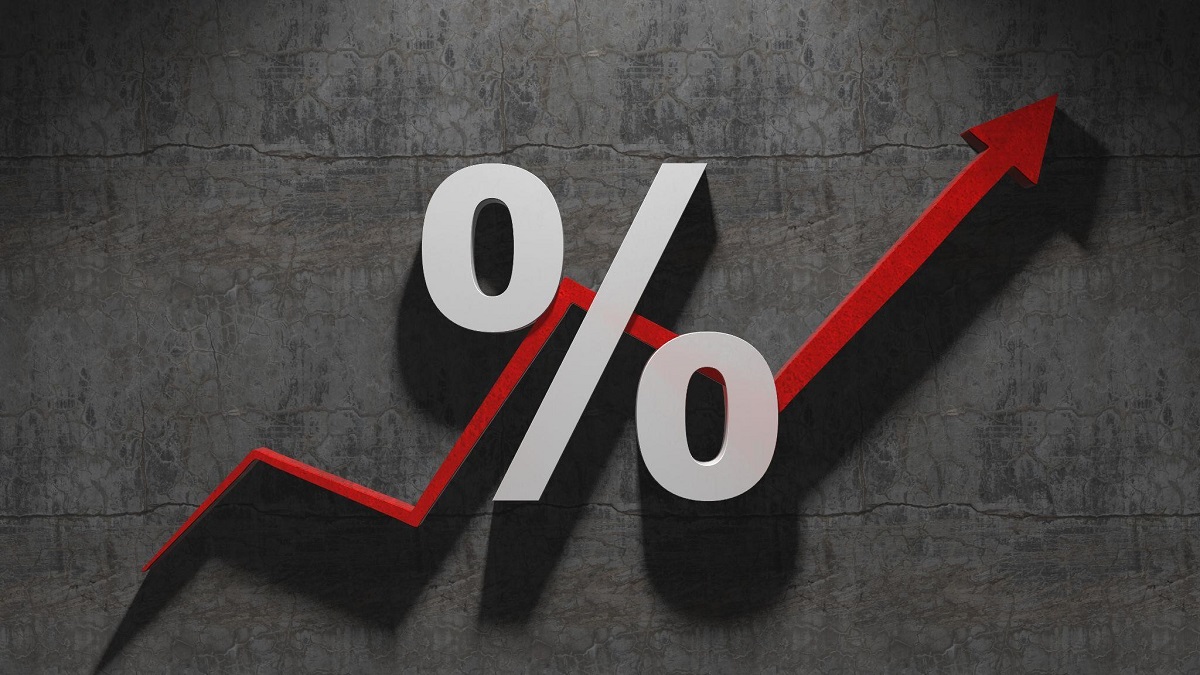Introduction
Welcome to our comprehensive guide on the Prime Lending Rate. If you’re a borrower or someone interested in the financial industry, understanding what the Prime Lending Rate is and how it affects you can be crucial. In this article, we’ll explore the definition of Prime Lending Rate, discuss the factors influencing it, and examine the current Prime Lending Rate.
The Prime Lending Rate serves as a benchmark for lending rates set by financial institutions. It is the interest rate at which banks offer their most creditworthy customers – usually large corporations or governments – loans and lines of credit. As a borrower, your interest rate can be tied to the Prime Lending Rate, making it an essential factor to monitor when considering applying for a loan.
Understanding the factors influencing the Prime Lending Rate is key to comprehending its fluctuations. Banks take various economic indicators into account when determining their Prime Lending Rate. These include but are not limited to the central bank’s interest rates, inflation rates, economic growth, and credit market conditions. By analyzing these factors, financial institutions adjust their Prime Lending Rate to manage risks and maintain profitability.
Now, let’s delve into the current Prime Lending Rate. Its value can vary across different countries and financial institutions. To provide you with accurate and up-to-date information, we will compare Prime Lending Rates among various banks and analyze the implications for borrowers. By understanding the current Prime Lending Rate, borrowers can make informed decisions about loans and other financial products.
Furthermore, we will explore ways in which borrowers can benefit from low Prime Lending Rates. Whether you’re considering a mortgage, personal loan, or business loan, securing a favorable interest rate can save you a significant amount of money in the long run. We’ll provide you with tips and strategies to take advantage of the current lending environment and make the most out of low Prime Lending Rates.
As you navigate through this guide, keep in mind that the Prime Lending Rate is a dynamic number that can change over time. It’s essential to stay informed and be aware of the factors influencing its fluctuations. By doing so, you can make informed decisions about your borrowing needs and potentially save money on interest payments.
Now, let’s dive into the definition of Prime Lending Rate and explore its factors and current rates.
Definition of Prime Lending Rate
The Prime Lending Rate is the interest rate at which financial institutions offer loans and lines of credit to their most creditworthy customers. It serves as a benchmark for determining the interest rates charged on various types of loans, including mortgages, personal loans, and business loans.
The Prime Lending Rate is typically set by banks and other financial institutions, and its value can vary across countries and regions. In some countries, the central bank may also play a role in setting the Prime Lending Rate. The rate is generally influenced by a combination of economic factors and market conditions.
Financial institutions use the Prime Lending Rate to price loans for their customers. Borrowers who are considered low-risk, such as large corporations or governments, are offered loans at rates slightly above or below the Prime Lending Rate. This rate is usually determined by adding a margin to the Prime Lending Rate, depending on the perceived creditworthiness of the borrower.
The Prime Lending Rate is considered a reflection of the overall health of the economy and the creditworthiness of borrowers. When the Prime Lending Rate is low, it generally indicates that the economy is strong, and lenders are willing to offer loans at competitive rates. Conversely, a high Prime Lending Rate may suggest economic uncertainty or credit market tightening.
It’s important to note that the Prime Lending Rate may not be directly applicable to all borrowers. Individual borrowers’ interest rates may be adjusted based on their credit history, loan terms, and relationship with the lending institution. While a borrower’s interest rate may be tied to the Prime Lending Rate, it is crucial to consult with the lender to understand the specific terms and conditions that apply to your loan.
Furthermore, it’s worth mentioning that the Prime Lending Rate can change over time. Lenders may adjust their Prime Lending Rates periodically in response to changes in the economic landscape or market conditions. It’s essential for borrowers to stay informed about any changes in the Prime Lending Rate to evaluate the impact on their existing loans or potential borrowing opportunities.
In the following sections, we will explore the factors that influence the Prime Lending Rate and provide an overview of the current rates offered by various financial institutions. Understanding these factors can help borrowers gauge the direction of interest rates and make informed decisions regarding their borrowing needs.
Factors Influencing Prime Lending Rate
The Prime Lending Rate is influenced by a variety of factors that financial institutions take into consideration when setting their lending rates. These factors can vary depending on the country’s economic conditions, monetary policies, and overall credit market environment. Understanding these influences can provide insights into how and why the Prime Lending Rate fluctuates over time.
1. Central Bank Policies: The policies and actions of the central bank have a significant impact on the Prime Lending Rate. Central banks control the money supply, which affects interest rates. If the central bank raises interest rates to manage inflation or curb excessive borrowing, banks may increase their Prime Lending Rates as well.
2. Economic Conditions: The state of the economy, including factors such as GDP growth, employment levels, and inflation rates, also influences the Prime Lending Rate. In a robust economy with low inflation and steady growth, financial institutions may lower their Prime Lending Rate to encourage borrowing and stimulate economic activity.
3. Credit Market Conditions: The overall condition of the credit market, including the availability of credit and market liquidity, plays a role in determining the Prime Lending Rate. During periods of tight credit or market volatility, financial institutions may increase their Prime Lending Rate to mitigate risks associated with lending.
4. Risk Assessment: Financial institutions assess the creditworthiness of borrowers before offering loans. The perceived risk associated with lending to individual borrowers or sectors can impact the Prime Lending Rate. Borrowers with excellent credit histories and stable financials are likely to receive loans at interest rates closer to the Prime Lending Rate, while higher-risk borrowers may face higher rates.
5. Competitive Landscape: The competitiveness of the banking industry also plays a role in determining the Prime Lending Rate. Banks may adjust their lending rates to attract customers and gain a competitive advantage. Lenders with lower costs of funds or a larger customer base may offer more favorable Prime Lending Rates to capture market share.
It’s important to note that the Prime Lending Rate is not directly influenced by the individual borrower’s creditworthiness or financial situation. While the Prime Lending Rate serves as a benchmark, individual borrowers’ interest rates may include additional factors, such as credit score, loan duration, and collateral.
By considering these influencing factors, borrowers can gain insights into why the Prime Lending Rate fluctuates and how it may impact their borrowing costs. It’s advisable to stay informed about economic trends, central bank policies, and changes in the credit market to anticipate potential shifts in the Prime Lending Rate.
In the next section, we will examine the current Prime Lending Rates offered by various banks and explore the implications for borrowers.
Current Prime Lending Rate
The current Prime Lending Rate refers to the prevailing interest rate at which financial institutions offer loans to their most creditworthy customers. The rate can vary depending on the country, region, and individual financial institutions. It’s important for borrowers to stay informed about the current Prime Lending Rate as it can directly impact their borrowing costs.
To provide an overview of the current Prime Lending Rates, let’s compare rates among various banks. It’s worth noting that these rates are subject to change, and borrowers should directly consult with their preferred financial institutions for up-to-date information.
- Bank A: The Prime Lending Rate at Bank A is currently 3.5%. They have maintained this rate for the past six months, offering competitive rates for their creditworthy customers.
- Bank B: Bank B recently decreased its Prime Lending Rate to 3.25% as a response to the central bank’s policy changes. This adjustment provides an opportunity for borrowers to access loans at a lower interest rate.
- Bank C: Bank C has set its Prime Lending Rate at 3.75%. While slightly higher than other banks, they offer additional benefits and personalized services to their borrowers.
- Bank D: With a Prime Lending Rate of 3.0%, Bank D stands out as one of the most competitive options for borrowers. This rate reduction aims to attract customers and stimulate borrowing.
It’s imperative for borrowers to compare the Prime Lending Rates among financial institutions and consider other factors such as loan terms and customer service when making borrowing decisions. While a lower Prime Lending Rate may seem appealing, it’s essential to evaluate the overall package offered by each bank.
Furthermore, borrowers should be aware that the Prime Lending Rate can change over time. Factors such as economic conditions, central bank policies, and credit market dynamics can influence the rate. Staying informed about any changes in the Prime Lending Rate is crucial to making informed decisions about borrowing and managing financial obligations.
By having a clear understanding of the current Prime Lending Rate and comparing rates among banks, borrowers can position themselves to make favorable borrowing choices and potentially save on interest expenses.
In the next section, we will explore the implications of the Prime Lending Rate on borrowers and how it affects their financial decisions.
Comparison of Prime Lending Rates among Banks
When considering borrowing options, it’s important for borrowers to compare the Prime Lending Rates among different banks. The Prime Lending Rate can vary from one institution to another, and understanding these differences can help borrowers make informed decisions about their loans. Let’s compare the Prime Lending Rates among several banks:
- Bank A: The Prime Lending Rate at Bank A is currently 3.5%. They have maintained this rate for the past six months, offering stability and predictability for borrowers.
- Bank B: Bank B recently decreased its Prime Lending Rate to 3.25% to attract customers. This reduction creates an opportunity for borrowers to access loans at a lower interest rate.
- Bank C: With a Prime Lending Rate of 3.75%, Bank C offers slightly higher rates compared to other banks. However, they provide exceptional customer service and tailored loan options.
- Bank D: Bank D stands out with a Prime Lending Rate of 3.0%, making it one of the most competitive options for borrowers. This attractive rate allows borrowers to potentially save on interest expenses.
When comparing the Prime Lending Rates, borrowers should consider additional factors such as loan terms, flexibility, repayment options, and customer service. While a low Prime Lending Rate may initially seem appealing, the overall package offered by each bank should be carefully evaluated.
Furthermore, borrowers should consider the stability and consistency of a bank’s Prime Lending Rate. Banks that frequently change their rates may create uncertainty for borrowers. Conversely, a bank that has a well-established track record of maintaining a stable Prime Lending Rate can provide peace of mind and financial stability.
It’s important for borrowers to engage with multiple banks and discuss their borrowing needs. By obtaining loan quotations and understanding the terms associated with each bank’s Prime Lending Rate, borrowers can compare their options and make an informed decision aligned with their financial goals.
Lastly, borrowers must remain mindful that the Prime Lending Rate can change over time. Economic conditions, monetary policy shifts, and market dynamics can influence the rate offered by financial institutions. Staying informed about any changes in the Prime Lending Rate can enable borrowers to adapt their borrowing strategies accordingly.
Next, let’s explore the implications of the Prime Lending Rate on borrowers and how it affects their financial decisions. Understanding these implications can assist borrowers in optimizing their borrowing strategies.
Implications of Prime Lending Rate on Borrowers
The Prime Lending Rate has significant implications for borrowers, influencing their borrowing costs and financial decisions. Understanding these implications can help borrowers make informed choices and manage their finances effectively. Here are some key impacts of the Prime Lending Rate on borrowers:
1. Borrowing Costs: The Prime Lending Rate directly affects the interest rate borrowers pay on their loans. When the Prime Lending Rate is low, borrowers can benefit from lower interest expenses, making it more affordable to borrow money. Conversely, a high Prime Lending Rate increases borrowing costs, potentially making loans more expensive for borrowers.
2. Affordability of Loans: The Prime Lending Rate influences the affordability of loans for borrowers. When the Prime Lending Rate is low, monthly loan payments are reduced, making it easier for borrowers to manage their debt. This can open up opportunities for borrowers to access larger loan amounts or secure loans with more favorable terms.
3. Refinancing Opportunities: Changes in the Prime Lending Rate can create refinancing opportunities for borrowers. A decrease in the Prime Lending Rate may allow borrowers to refinance their existing loans at a lower interest rate, potentially saving them money on interest payments over the loan term. This can also help borrowers decrease their monthly loan payments or shorten the loan repayment period.
4. Economic Outlook: The Prime Lending Rate is a reflection of the overall health of the economy. When the Prime Lending Rate is low, it often indicates a strong economy and favorable market conditions. Borrowers may feel more confident in taking on new loans or investing in their businesses. Conversely, a high Prime Lending Rate may suggest economic uncertainty, causing borrowers to be more cautious with their borrowing decisions.
5. Adjustments to Loan Terms: Changes in the Prime Lending Rate can prompt lenders to adjust the terms and conditions of existing loans. Borrowers should be aware that their loan agreements might include provisions allowing the lender to modify the interest rate based on changes in the Prime Lending Rate. This can impact borrowers’ monthly payments and overall borrowing costs.
It’s crucial for borrowers to monitor the Prime Lending Rate and its implications regularly. By staying informed, borrowers can anticipate potential changes in borrowing costs, evaluate refinancing opportunities, and adjust their financial strategies accordingly.
Next, let’s explore ways in which borrowers can benefit from low Prime Lending Rates and maximize their financial opportunities.
Ways to Benefit from Low Prime Lending Rates
Low Prime Lending Rates present an opportunity for borrowers to benefit from favorable borrowing conditions and potentially save on interest expenses. Here are some ways borrowers can maximize the benefits of low Prime Lending Rates:
1. Refinance Existing Loans: If you have an existing loan with a higher interest rate, consider refinancing it when the Prime Lending Rate is low. By refinancing, you can potentially secure a new loan with a lower interest rate, reducing your monthly payments and overall borrowing costs.
2. Apply for New Loans: Low Prime Lending Rates can make borrowing more affordable. If you have a planned investment, such as purchasing a home or expanding your business, take advantage of the favorable rates by applying for a new loan. Ensure that the terms and conditions of the loan align with your financial goals and repayment capabilities.
3. Pay off High-Interest Debt: Low Prime Lending Rates can also benefit borrowers with high-interest debt, such as credit card debt or personal loans. Consider using a low-interest loan, such as a home equity loan or a personal line of credit, to pay off high-interest debt. This can help you save on interest expenses and potentially accelerate your debt repayment.
4. Consolidate Loans: If you have multiple loans with different interest rates, consolidating them into a single loan with a lower interest rate can simplify your debt management and potentially lower your monthly payments. This can be especially beneficial during periods of low Prime Lending Rates.
5. Negotiate with Your Lender: If you have a good credit history and a strong relationship with your lender, you may have room for negotiation. Contact your lender to explore the possibility of renegotiating your loan terms or obtaining a lower interest rate. Lenders often value long-term customers and may be willing to provide you with more favorable terms.
6. Pay Extra towards Principal: When interest rates are low, consider allocating extra funds towards the principal balance of your loan. By doing so, you can reduce the overall interest paid over the life of the loan and potentially shorten the repayment period.
7. Plan for Future Rate Changes: While the current Prime Lending Rate may be low, it’s important to plan for potential rate increases in the future. Consider the possibility of rising interest rates when making borrowing decisions and ensure that you have a comfortable buffer in your budget to accommodate higher payments, if necessary.
Remember, each borrower’s financial situation is unique, and it’s important to consider personal circumstances and consult with financial advisors before making any borrowing decisions.
By taking advantage of low Prime Lending Rates and implementing sound financial strategies, borrowers can maximize their opportunities, save on interest expenses, and effectively manage their debt.
Next, we will conclude our guide on the Prime Lending Rate and its implications.
Conclusion
In conclusion, understanding the Prime Lending Rate and its implications is crucial for borrowers. The Prime Lending Rate serves as a benchmark for lending rates set by financial institutions, and it directly influences borrowing costs for individuals and businesses.
Throughout this guide, we explored the definition of the Prime Lending Rate, the factors influencing it, and the current rates offered by various banks. We also discussed the implications of the Prime Lending Rate on borrowers and highlighted ways to benefit from low rates.
By staying informed about the Prime Lending Rate, borrowers can make informed decisions about loans and other financial products. It’s essential to consider factors such as loan terms, customer service, and the stability of the Prime Lending Rate when choosing a lender.
Low Prime Lending Rates provide opportunities for borrowers to save on interest expenses, refinance existing loans, apply for new loans, and consolidate debt. It’s important to evaluate personal financial goals and capabilities when making borrowing decisions and to plan for potential rate changes in the future.
We hope this guide has provided you with valuable insights into the Prime Lending Rate and its implications. Remember to consult with financial advisors and lenders for personalized information and advice based on your specific circumstances.
As the financial landscape evolves, monitoring the Prime Lending Rate and its impact will remain crucial for borrowers seeking to make the most of their borrowing opportunities while managing their finances effectively.

























